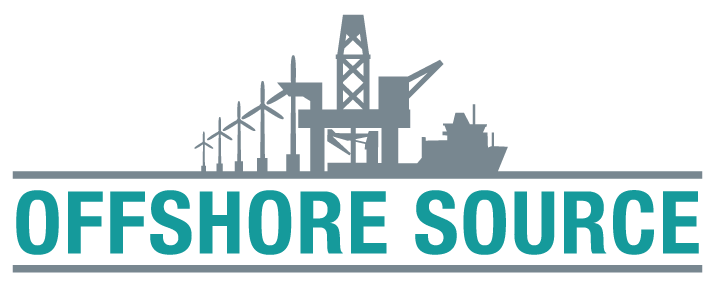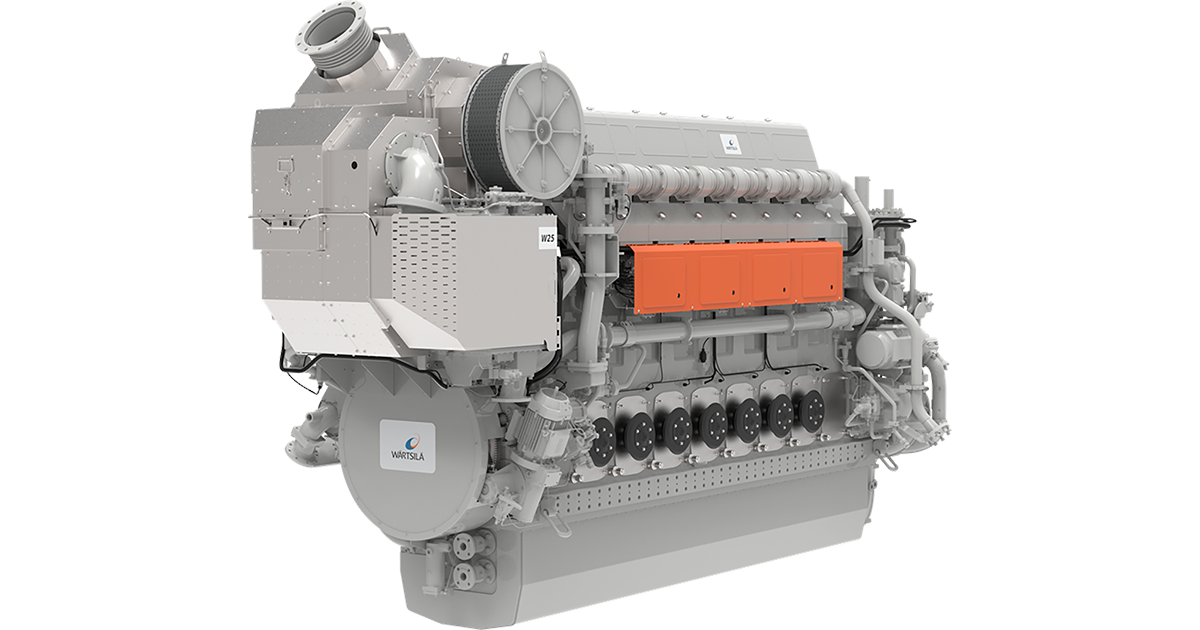Technology group Wärtsilä has introduced its innovative NextDF feature for the Wärtsilä 25DF dual-fuel engine. While operating on liquefied natural gas (LNG), the NextDF feature reduces methane emissions to less than two percent of fuel use across all load points, achieving as low as 1.1 percent in a wide load range.
What’s more, the nitrogen oxide (NOx) emissions are lower than on the standard Wärtsilä 25DF engine which already has low emission levels below IMO Tier III.
LNG is considered an important transition marine fuel, bridging the gap between conventional diesel fuels and future carbon-neutral or carbon-free alternatives. However, the main component of LNG is methane and when burned as a fuel, a very small amount may not combust properly, leading to methane escaping into the atmosphere.
Across the shipping industry, the use of LNG and cutting methane emissions is one of the most effective ways to decrease overall greenhouse gas (GHG) emissions from engines over the next 10 years, complementing other efforts to reduce CO2 emissions. From an international shipping perspective, the International Maritime Organisation (IMO) is considering methane emissions in the upcoming GHG regulations. At a regional level, the EU is implementing a set of methane-related measures in FuelEU Maritime (2025 onwards) and in EU Emission Trading System (EU ETS) (2026 onwards).
The effect of methane emissions will be introduced as a percentage of the mass of the fuel used by the engine. For EU regulation, four-stroke engines not certified with lower emission values will have to adhere to a default methane emission of 3.1 percent of fuel use. To provide flexibility in meeting the GHG intensity limits, the FuelEU Maritime regulation will not only impose costs if a vessel does not comply, it will also allow vessels to capture value from overcompliance through banking or pooling compliance surplus between reporting periods.
“Enhancing dual fuel technology to further reduce methane emissions will have a major impact on the long-term viability of LNG as a marine fuel. Our work around reducing methane slip and GHG emissions is part of Wärtsilä’s effort to continuously improve efficiency and reduce emissions of our products. This innovation is one more very important step along the road to decarbonization,” comments Stefan Nysjö, Vice President of Power Supply, Wärtsilä Marine.
Launched in 2022, the Wärtsilä 25 engine platform offers a modular, upgradeable, and flexible design that helps operators to significantly reduce fuel consumption and emissions, improving the efficiency of vessels, and facilitating the adoption of sustainable fuels. With the NextDF technology, engine efficiency is further improved by up to 0.5 percentage points.
Stefan continues: “The Wärtsilä 25DF engine has already set an industry benchmark for low methane slip, down to as low as 1.4 percent at certain load points. By making available our NextDF technology for the Wärtsilä 25DF engine enables operators to go even further in reducing methane emissions. This increases overcompliance with EU regulations, therefore offering tangible financial benefits for shipping operators, whilst simultaneously helping them to futureproof their vessels in the longer term."
This is the second Wärtsilä dual-fuel engine to be made available with NextDF technology. In 2023, Wärtsilä introduced the new technology for its Wärtsilä 31DF engine. Thanks to the modular design of Wärtsilä’s engine platform, the NextDF feature can be retrofitted to existing Wärtsilä 31DF and Wärtsilä 25DF engines. The NextDF feature for the Wärtsilä 25DF engine will be available for delivery in the second half of 2025.


